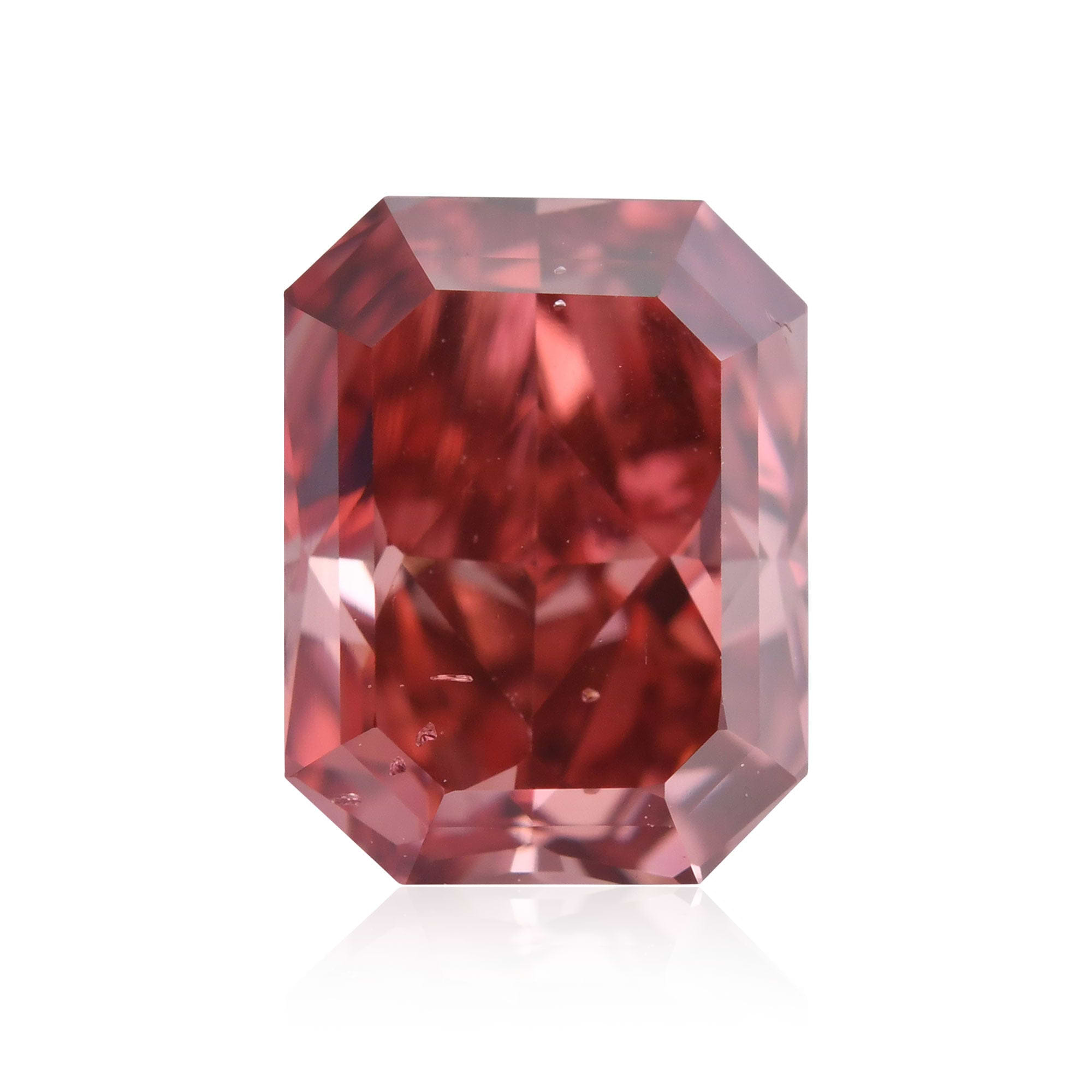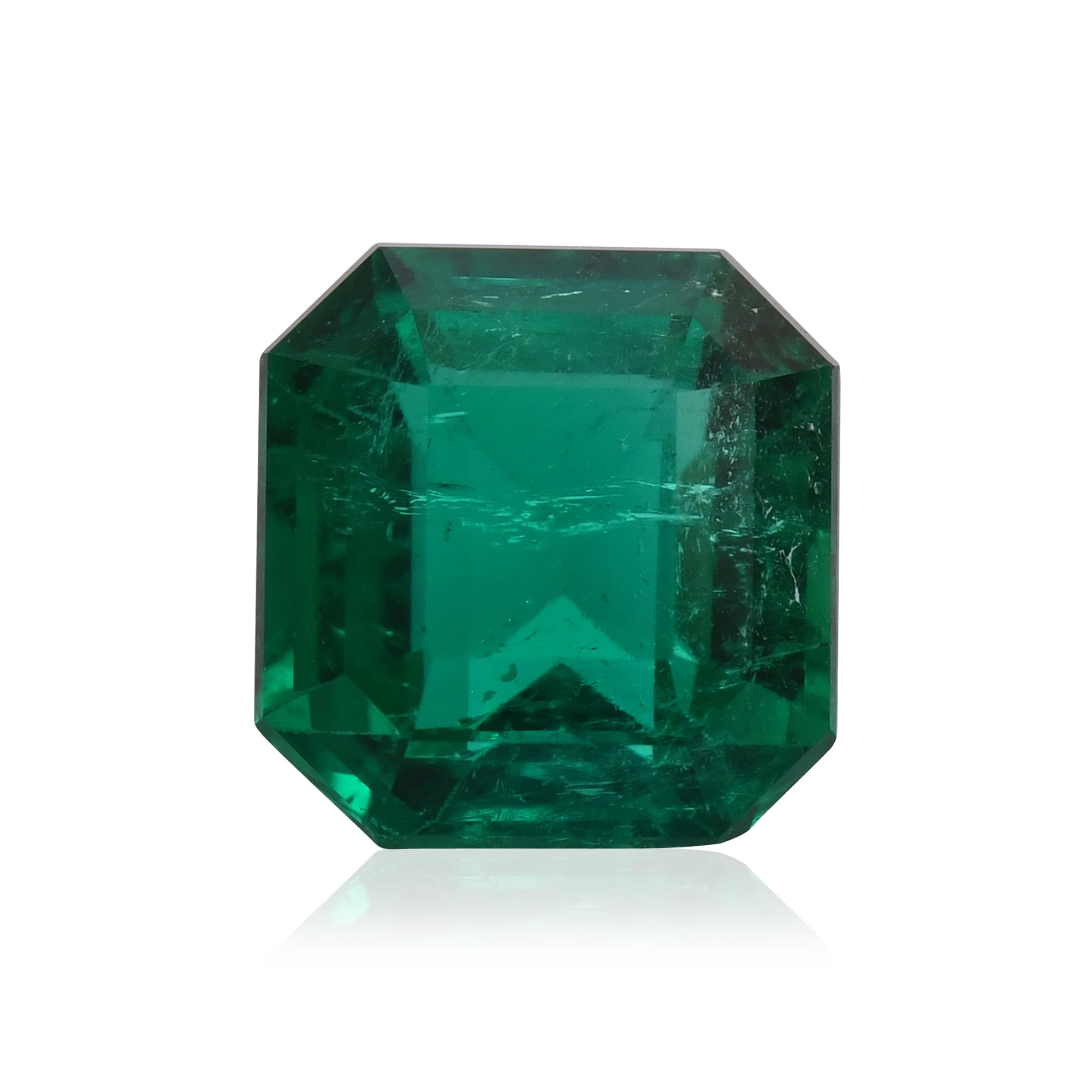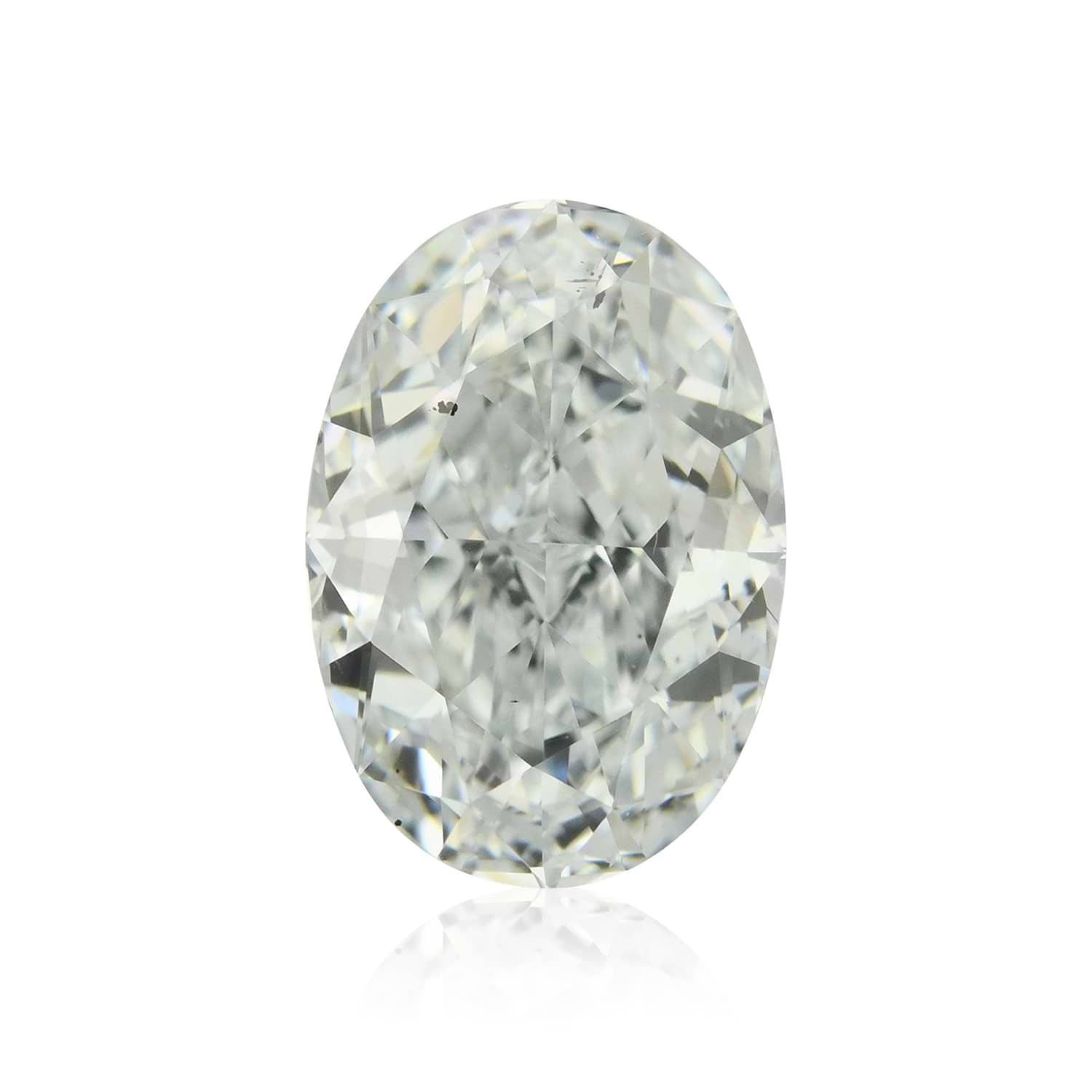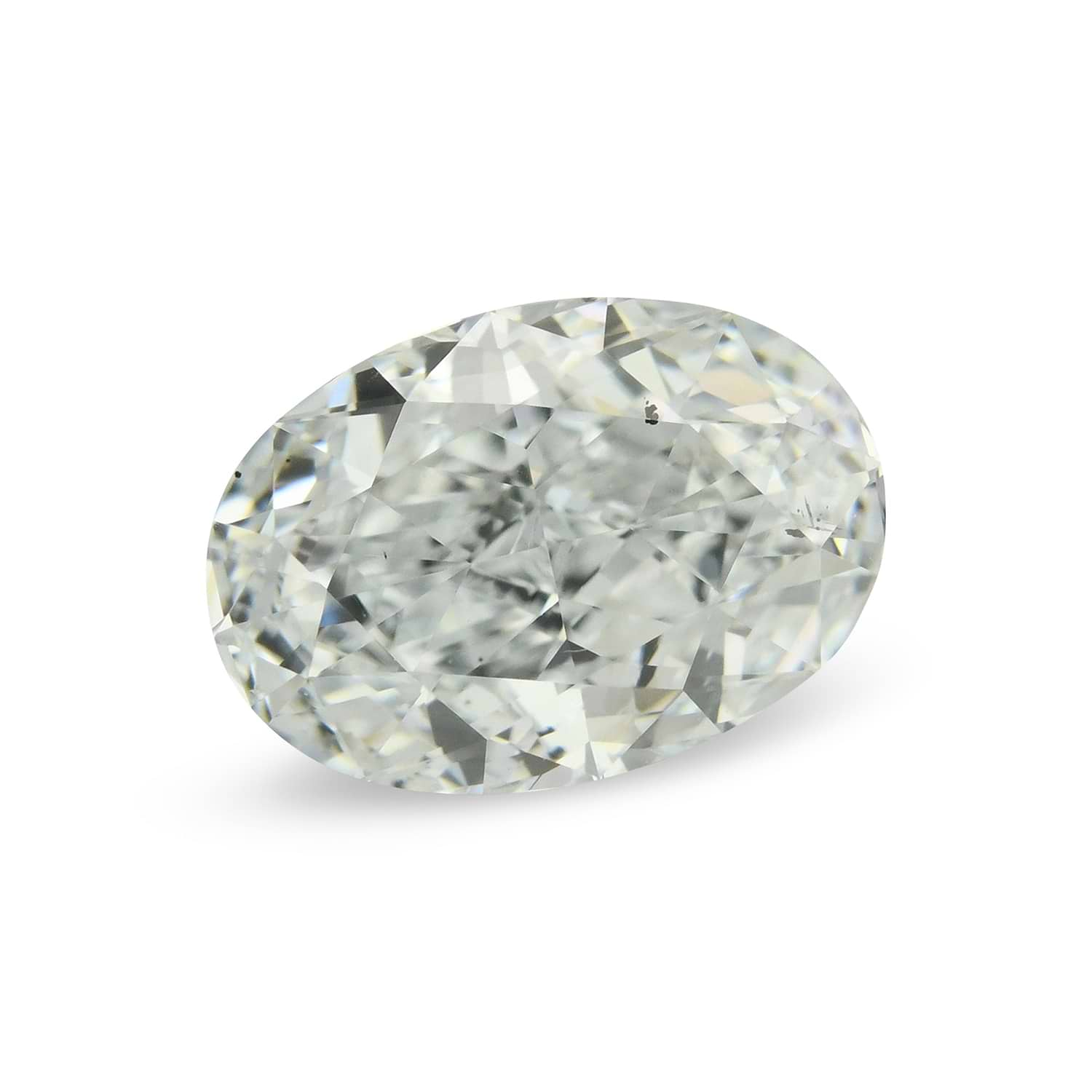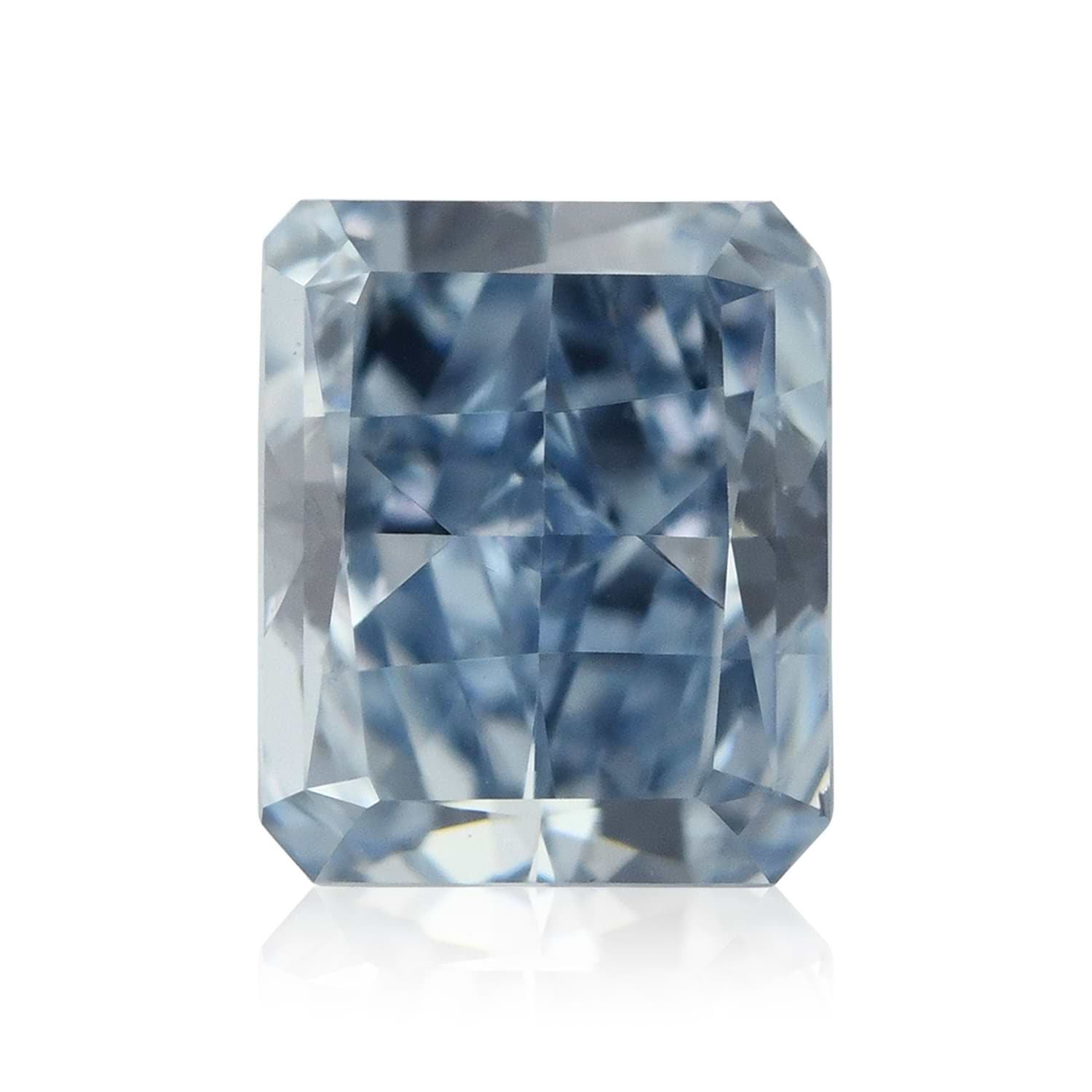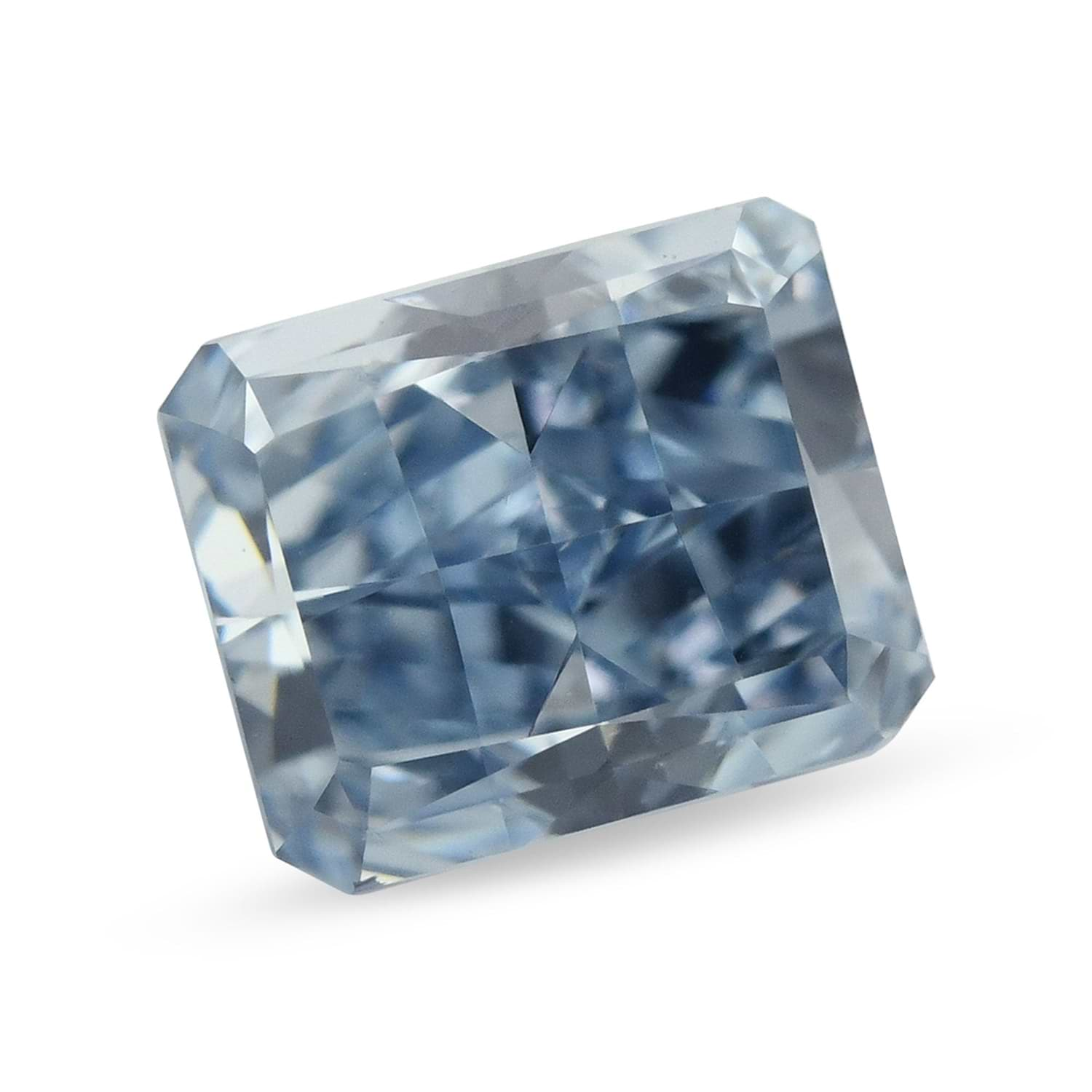Blue diamonds are treasured greatly for their extreme rarity, so much so that individuals are willing to pay top dollar to have the opportunity to own one of these unique and rare items. One of the most famous red diamonds, the Hancock Red, held the title for most expensive diamond ever sold per carat, for twenty years. That record was broken by a blue diamond in 2007. A 6.04-carat fancy vivid blue diamond that was auctioned at Sotheby’s in Hong Kong was sold for $7.98 million dollars, creating the new record of $1.32 million per carat. With colored diamonds becoming increasingly difficult to come by, we are developing a new appreciation for remarkable historic stones such as the Blue Heart.
Discover The Most Famous & Fabulous Blue Diamonds in The World
Each diamond is unique on its own but there are some diamonds that became famous for different reasons. Here are some of the most famous blue diamonds.
The Blue Wittelsbach-Graff Diamond
The Wittelsbach was a 35.56 carat Fancy Deep Grayish Blue VS2 diamond, cut with an unusual pattern of 82 facets. Since Madrid archives have been destroyed in the Spanish Civil War of 1936-1939, the diamond’s earliest record dates from 1664, when it was given by Philip IV of Spain to his daughter Infanta Margareta Teresa, then 15, for her engagement to Emperor Leopold I of Austria. In, 1675 at the young age of 21, Infanta died after being weakened by too many miscarriages. Her husband inherited all her jewels and in turn, left them to his third wife, Empress Eleanor Magdalena, who passed the Great Blue Diamond to her granddaughter, Archduchess Maria Amelia.
Maria Amelia married the Bavarian Crown Prince Charles Albert in 1722, which was a turning point in the pretty uneventful history of the Blue Diamond – it became the family diamond of the House of Bavaria, the Wittelsbachs. But soon after the wedding, the Crown Prince’s father, the Elector Maximilian Emmanuel, who was in financial difficulties, borrowed money from a banker pledging the Wittelsbach Diamond. The diamond was redeemed four years later for 543,781 Guilders, but the Elector died before paying the amount and the Crown Prince – his successor – was left with the duty of paying the debt – which totaled 4,000,000 Guilders including the redemption of the diamond.
The last King of Bavaria to own the blue diamond was Louis III – who reigned until Germany became a republic in 1918. He died in 1921 and that was the last time the Wittelsbach Diamond accompanied a royalty to his final resting place. In 1931, the Wittelsbach Diamond was put to a Christie’s Auction along with other crown Jewels to financially support the royal descendants during the tough economic climate that followed World War I.
But here is where its traces become unclear – the diamond was never sold at the then-famous auction, yet never returned to its display in Munich. After years of speculations, it turns out the diamond was sold by the royal family in Brussels in 1951, then again in 1955. And although three years later it was displayed in the Brussels World Exhibition, it appears no one realized it was the missing Wittelsbach Diamond.
In 1962, a Belgium diamond dealer Joseph Komkommer was asked to examine a stone and immediately recognized the Wittelsbach Diamond. Komkommer formed a group of diamond buyers, who purchased the diamond from the trustees of an estate of an undisclosed identity. In 1964 it was bought by a private collector, and in 2008 the Wittelsbach Diamond was sold at a Christie’s auction to the famous jeweler Laurence Graff for $24.3 million.
Graff re-cut the diamond, losing 4.45 cararts, to 31.06 carats “to remove damage to the girdle and enhance the color.” It is now a Fancy Deep Blue IF (Internally Flawless).
Quite a few experts compare Graff’s actions with a renovation of a famous painting, in order to make it more modern. Yet, others claim the Hope Diamond was also re-cut to improve its color and grading, and by improving the diamond’s beauty with a more modern cut, while documenting the changes made, you can show the advances made in the art of cutting.
The Blue Heart Diamond
Since colored diamonds are so scarce, it is rare to come upon an unusually large or vibrant-colored diamond. The Blue Heart Diamond is an example of such a diamond due to its large size and beautiful color. The famous diamond has a story behind its name, an intriguing past, and a grand size, placing it as one of the world’s largest and most famous natural blue diamonds.
Also known as the Unzue Diamond, after the Argentinian Mrs. Unzue who had the precious stone for 43 years, the Blue Heart Diamond’s claim to fame is its stunning rare deep blue color, its heart shape, and its large size: an impressive 30.62 carats. The Blue Heart is ranked the world’s fifth largest blue diamond, coming in after the Sultan of Morocco, a 35.27-carat fancy grayish-blue diamond.
The Blue Heart has been mistakenly dubbed the “Eugenie Blue” in reference to the French Empress Eugenie, although any connection between the two is impossible given the stone was only discovered in 1908. Nevertheless, a French connection can be found, since the blue diamond was cut into the contemporary heart shape by the French diamond-cutting firm, Atanik Ekyanan of Neuilly, Paris sometime between the years 1909 and 1910.
For a while, it was believed that the stone originated in India, where many diamonds used to originate from. However, in recent years it was discovered that the Blue Heart was actually found in South Africa in November 1908. At the time, the magnificent diamond weighed an astounding 102 carats in the rough, and was later cut and polished into the diamond we now recognize as the Blue Heart. After the renowned French cutting firm cut the blue beauty, it was sold to Cartier’s, where it was placed in a corsage called “Lily of the Valley.”
The corsage was bought by Mrs. Unzue where it remained until 1953. The jewelry firm Cleef & Arpels bought the jewel, and it was they who disassembled the corsage and turned the diamond into a brilliant pendant surrounded by 25 colorless diamonds. A European family then purchased the diamond pendant along with the necklace for a total of $300,000. Harry Winston got hold of the precious gem in 1959 and had it set in a platinum ring only to have it sold to Marjorie Merriweather Post. The Blue Heart stayed with Mrs. Post until the 1960s when she decided it was time to donate the treasure to the Natural History Museum at the Smithsonian Institution in Washington DC where it has been on display till this very day. The Blue Heart Diamond is located in the Janet Annenberg Hooker Hall of Geology, Gems, and Minerals in the National Museum of Natural History.
The Blue Heart may have begun its journey as a 102-carat stone, but its current size of 30.62 carats has made it an absolute stunner, proudly displaying a deep blue color, which may qualify as fancy intense blue or fancy vivid blue. The stone is a rare Type IIb diamond.
The Blue Hope Diamond
Buy your Natrual Fancy Blue Diamonds from LEIBISH.
Other famous blue diamonds
The Hope Diamond
The Hope Diamond (previously “Le bleu de France”) is the largest deep blue diamond in the world. The 45.52-carat (9.10 g) Fancy Deep Grayish-Blue VS1 diamond was mined in India and is the most famous diamond in the world. Its value is estimated at $350 Million.
The Wittelsbach-Graff
The Wittelsbach was a 35.56 carat Fancy Deep Grayish Blue VS2 diamond, cut with an unusual pattern of 82 facets and after it was bought in 2008 for $24.3 Million, it was re-cut by Graff, losing 4.45 carats to a total 31.06 carats, but changing the grading of the diamond to a Fancy Deep Blue IF.
The Sultan of Morocco
The cushion-cut, 35.27 carat, Fancy Grayish-Blue Sultan of Morocco has an unknown clarity. It is believed the diamond emanated from India in the mid-19th century. However, how it reached Europe, for how much money, the previous owner and the like are not known.
The Heart of Eternity
This 27.64 carat heart-shaped stone is renowned for the intensity of its color, described by experts as "Fancy Vivid Blue."
The Heart of Eternity was one of 11 rare blue diamonds unveiled to the world in January 2000, as part of a special collection of De Beers Millennium Jewels.
Share








